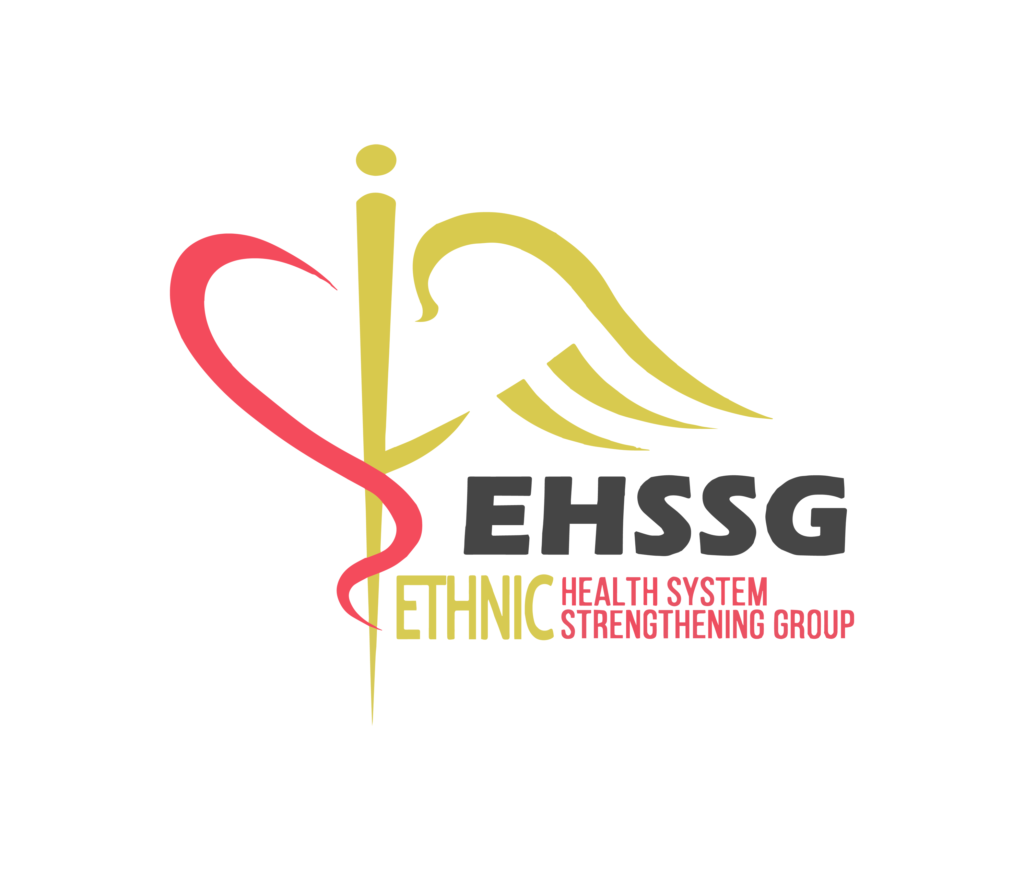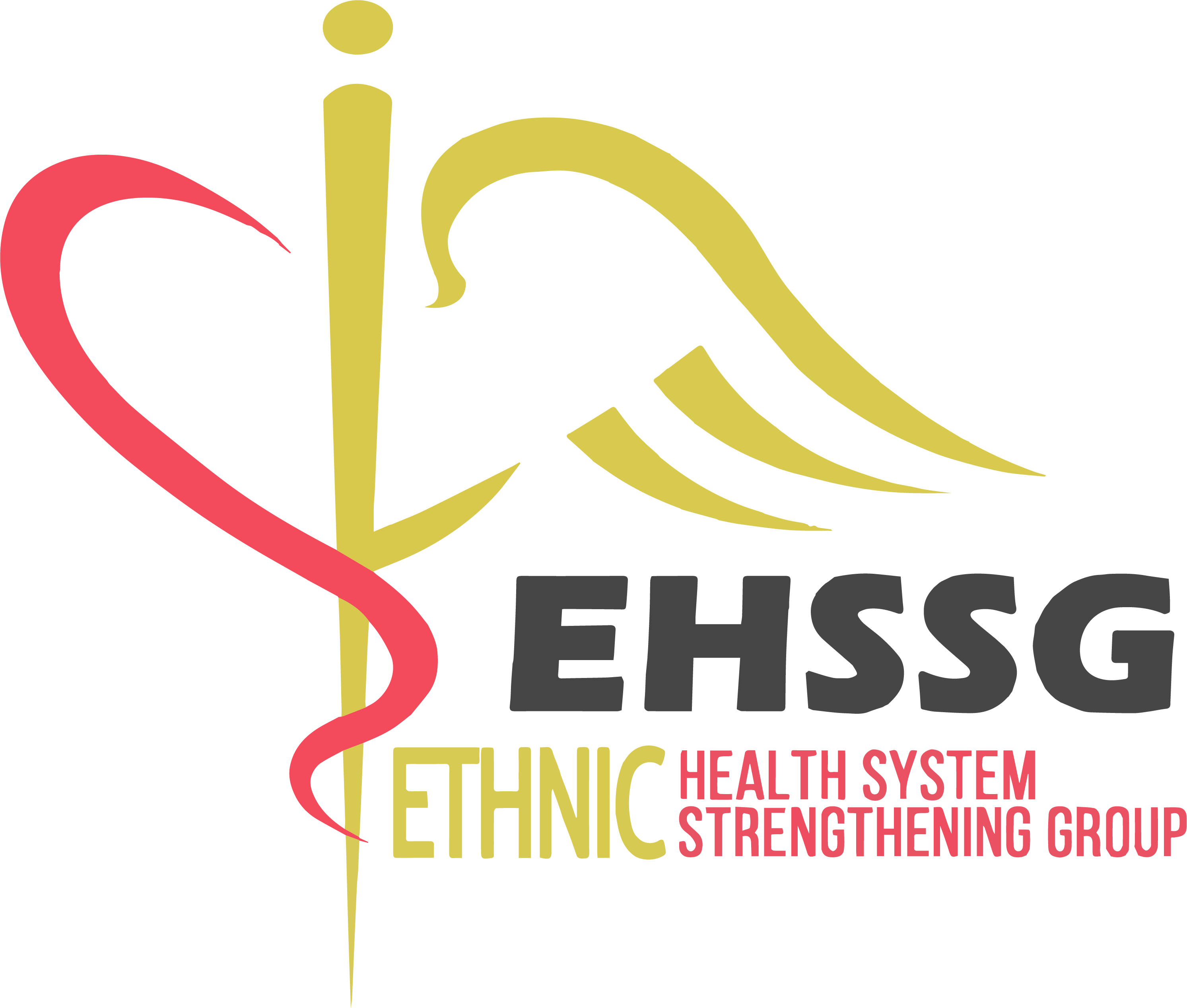Our Activities
What We Do
Ethnic Health Organizations (EHOs) have been providing primary healthcare services at their respective Ethnic Armed Organizations (EAOs) administered areas, many which are rural and remote. According to necessity, the EHOs have conducted various health care trainings and produced ethnic health workers (EHWs) necessary for the health care coverage of their targeted populations. However, there is attrition among EHWs and stagnation in the growth of the EHW workforce. There is an urgent need to consider the implications of EHW shortage and a strategy for scaling up dynamic and skilled health workforce production.
EHSSG has regularly updated human resource (HR) profiles of EHOs, and conducted clinical competency assessments and Training Need Assessment (TNA). Analyzing the required scope of practice for key EHWs is important for strengthening Human Resources for Health (HRH). The pre-training, in-service training, continuous professional capacity building and career pathway should be developed. Moreover, there must be consideration toward the implications of the burden diseases depending upon changing trends in prevalence of communicable and non-communicable diseases, and pandemics such as COVID- 19. Therefore, it is important to consider and implement an appropriate HRH strategy for the way forward.
Objectives: To establish sustainable financing to support strategic development in HRH for effective and efficient delivery of essential health services.
Scope Of Work
- Health workforce of EHOs to be strengthened
1.1 Establishment and strengthening of training unit – HR, technical and financial support
1.2 Trainees and trainer’s recruitment process and procedures (to ensure quality and quantity)
1.3 Finalization of career development pathway for medical staffs
1.4 Career development and capacity building of management, administrative and research cadres
1.5 Utilization of HIS data for the training and capacity development activities - Quality of trainings to be ensured
2.1 Review, revise and regular update of training curricula.
2.2 Quality control and regular assessment of the capacity development activities.
2.3 Ensure linkage between training unit and the trainers at field
2.4 Clinical attachment of the clinical trainees - Enhanced coordination with different institutions to ensure EHOs’ HRH to be recognized
3.1 Coordination and collaboration with local and regional training institutions, programs and non-health sector
3.2 Ensure financial, political and technical commitment for training and capacity building activities
3.3 Coordination within different EHOs to ensure that the trainees who have finished trainings to be assigned with responsibilities that align with training received. - Improved Training Effectiveness with Standardization
4.1 Review, revise, regular update and develop training plans, tools, methodology, guidelines and curricula
4.2 Standard for training site selection (both inside Burma and Thailand border) and ensure required support, considering and prioritizing on the already identified potential sites
- Guidelines Development
- Assessments and surveys
- Pharmacy Management and medical supply
- Emergency Response

